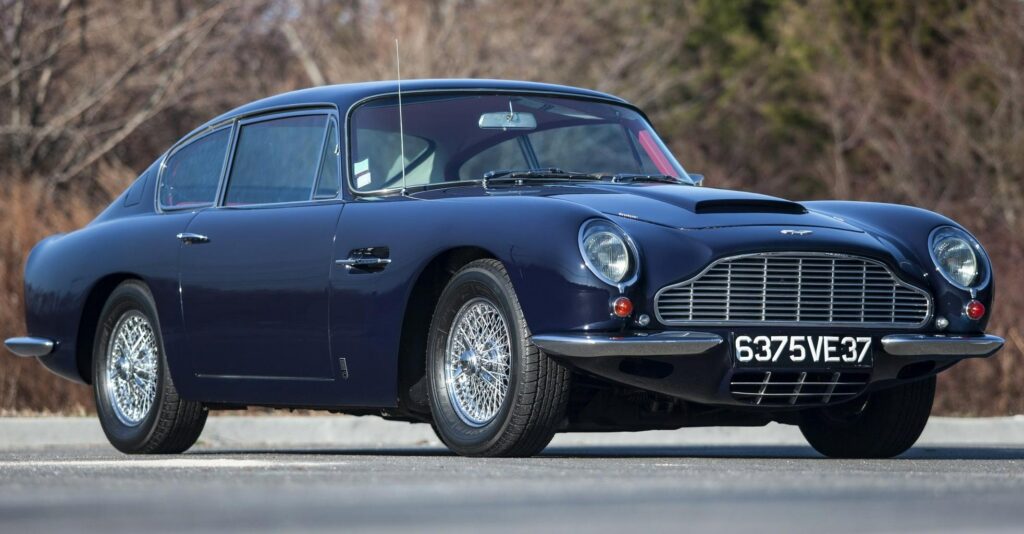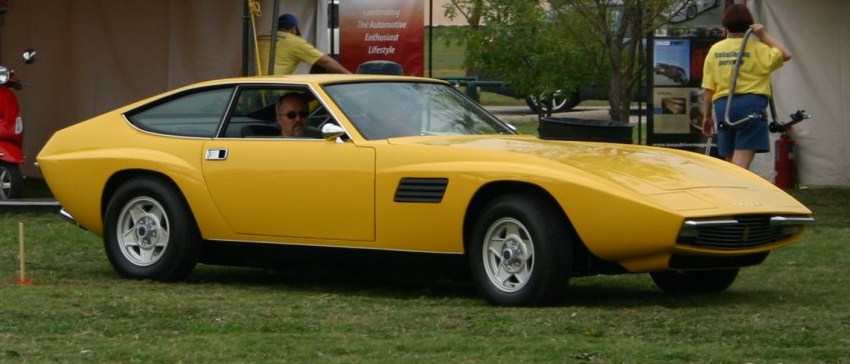New Wife and I have a Saturday morning ritual which involves me making us tea and coffee and bringing the laptop to bed, where we read the online news and browse a few websites together.
The first thing we look at is this here website, because she doesn’t have time to read it during the week, so we scroll back while she gets a Whole Week Of Kim in one gulp, so to speak. (And yet she still stays with me, which is a miracle, quite frankly.)
Anyway, our first read this past Saturday was my post about beauty and the differing definitions thereof.
I should point out that New Wife has if anything more conservative tastes than I do, and anything that reeks of “flashy” or “loud” makes her nose turn up in disgust. Needless to say, she thought all the ’68-’72 cars I pictured were “dreadful” and “disgusting” except for the E-type (and even that gets only a begrudging pass from her).
One of the other websites we visit each week is C.W.’s Daily Timewaster, which on this occasion featured this vision of loveliness, a Jaguar Mk II from the early 1960s:

This she pronounced as the most beautiful car ever made, because it was classy (inside and out).

By her terms, of course, it is the most beautiful car ever made — because she thinks that almost all sports cars are “flashy”, and the family saloon car is the sine qua non of automotive desirability.
I would actually agree with her, because as 4-door saloon cars go, the Mark II is undoubtedly exquisite, especially when compared to others of its ilk and era both European and American. (With its 3.4-liter engine, it’s also plenty powerful, which she sniffily dismisses with “If you’re interested in that sort of thing”.)
And in case you’re interested in which sports car she would appreciate were we to win the lottery, it’s this one, the 1964 Mercedes 230SL W113 (“Pagoda”):

Can’t really fault her on that one, either. (I’d prefer the later-model W113 280 SL because MOAR POWAH, but she’s unmoved by that, as we’ve seen before.)
































